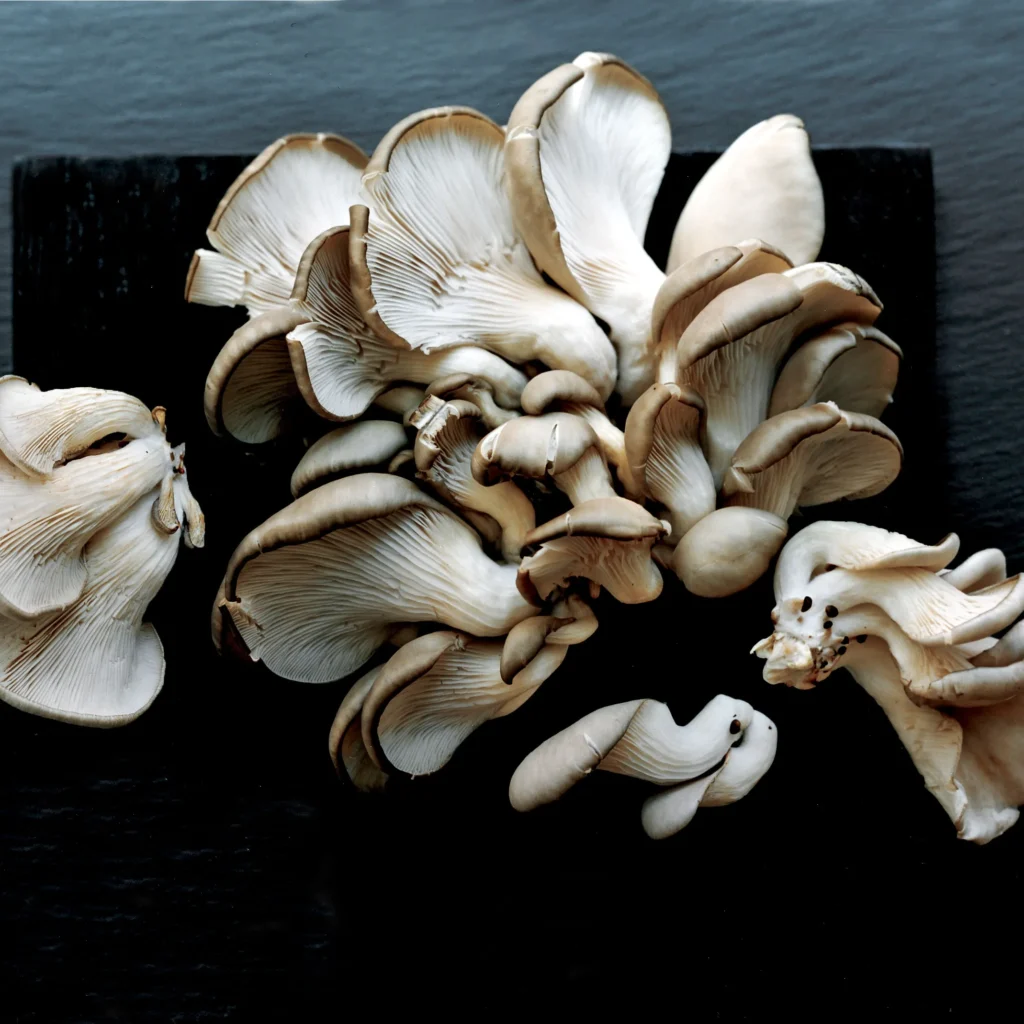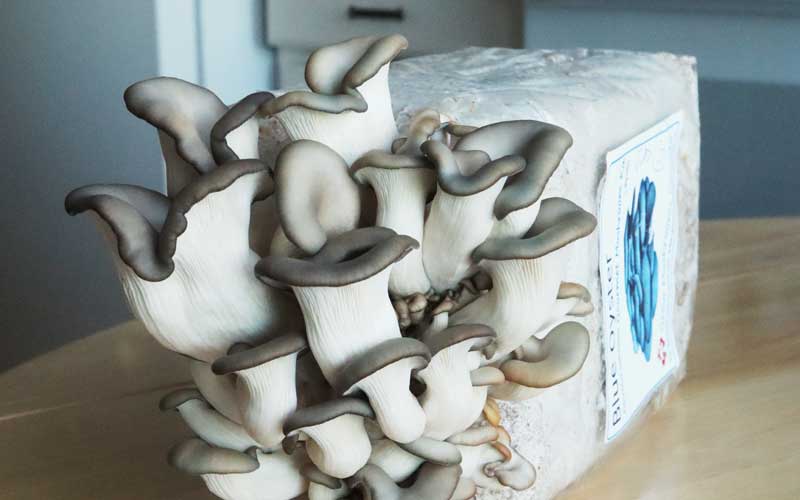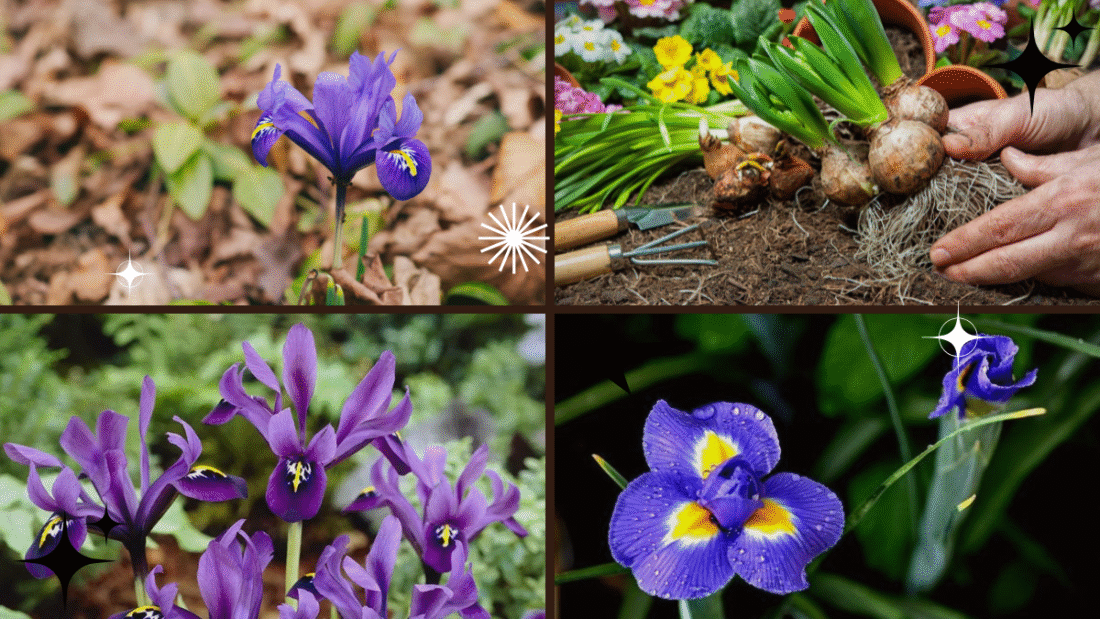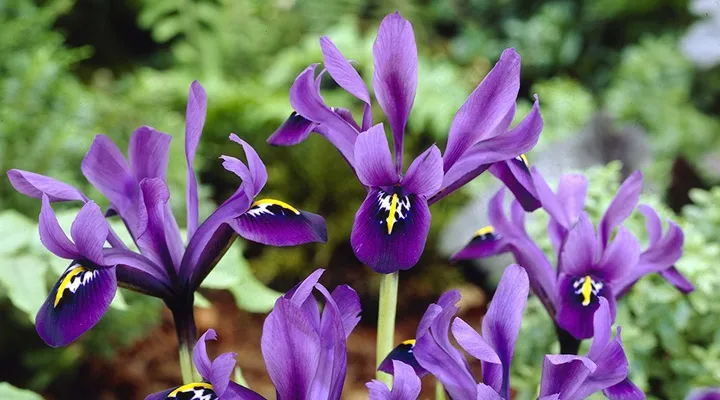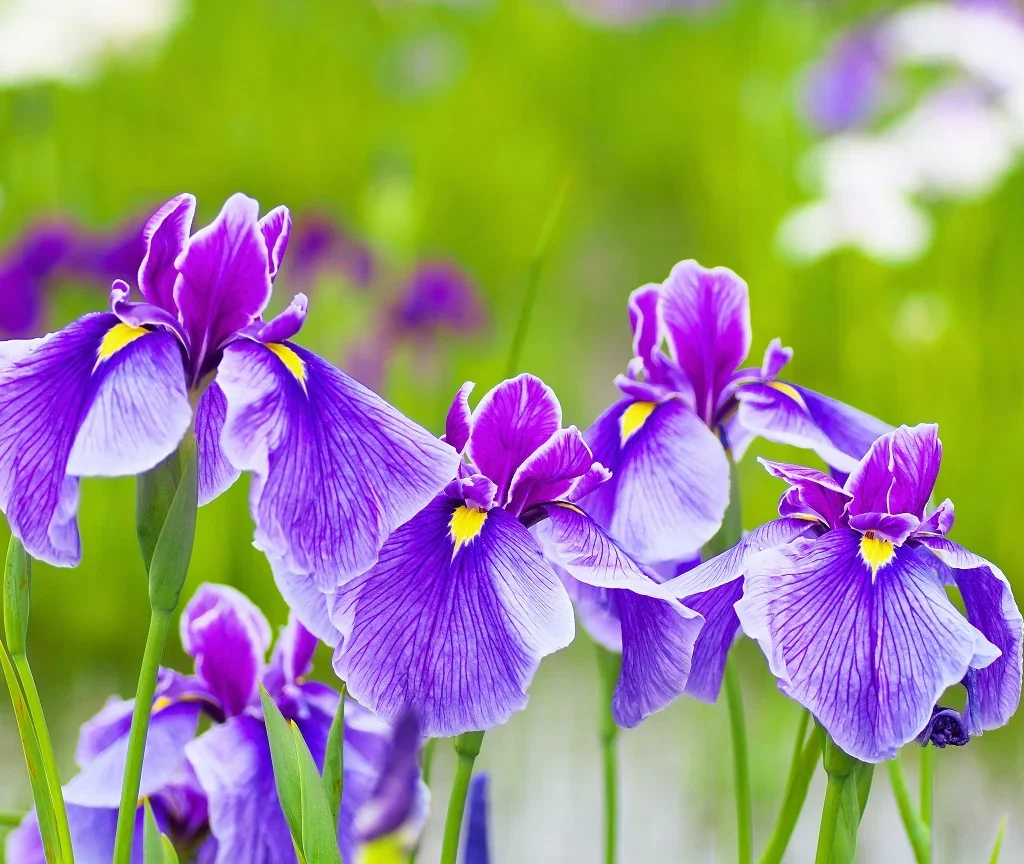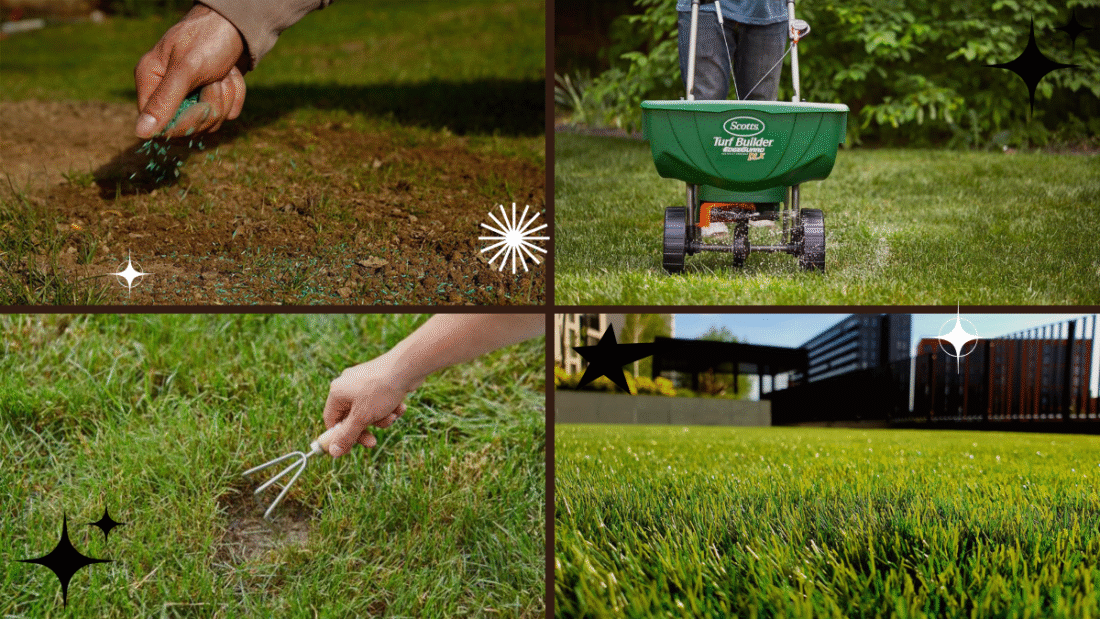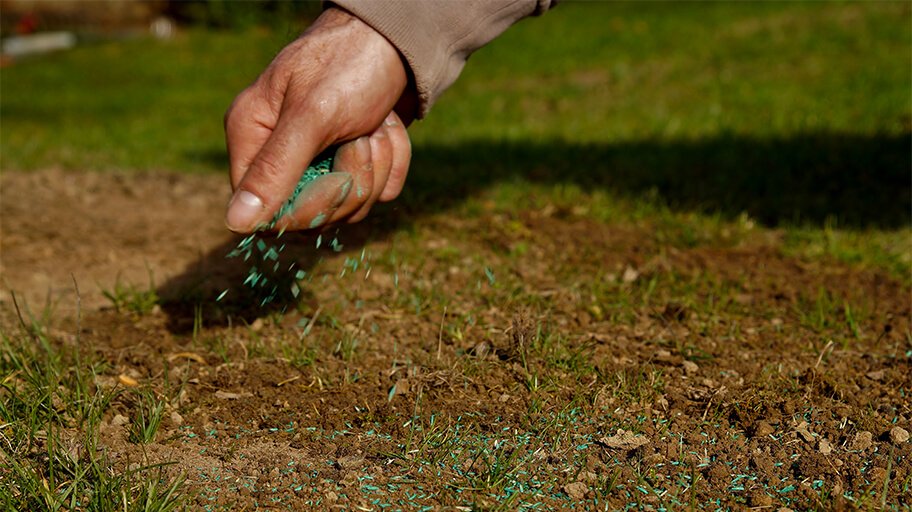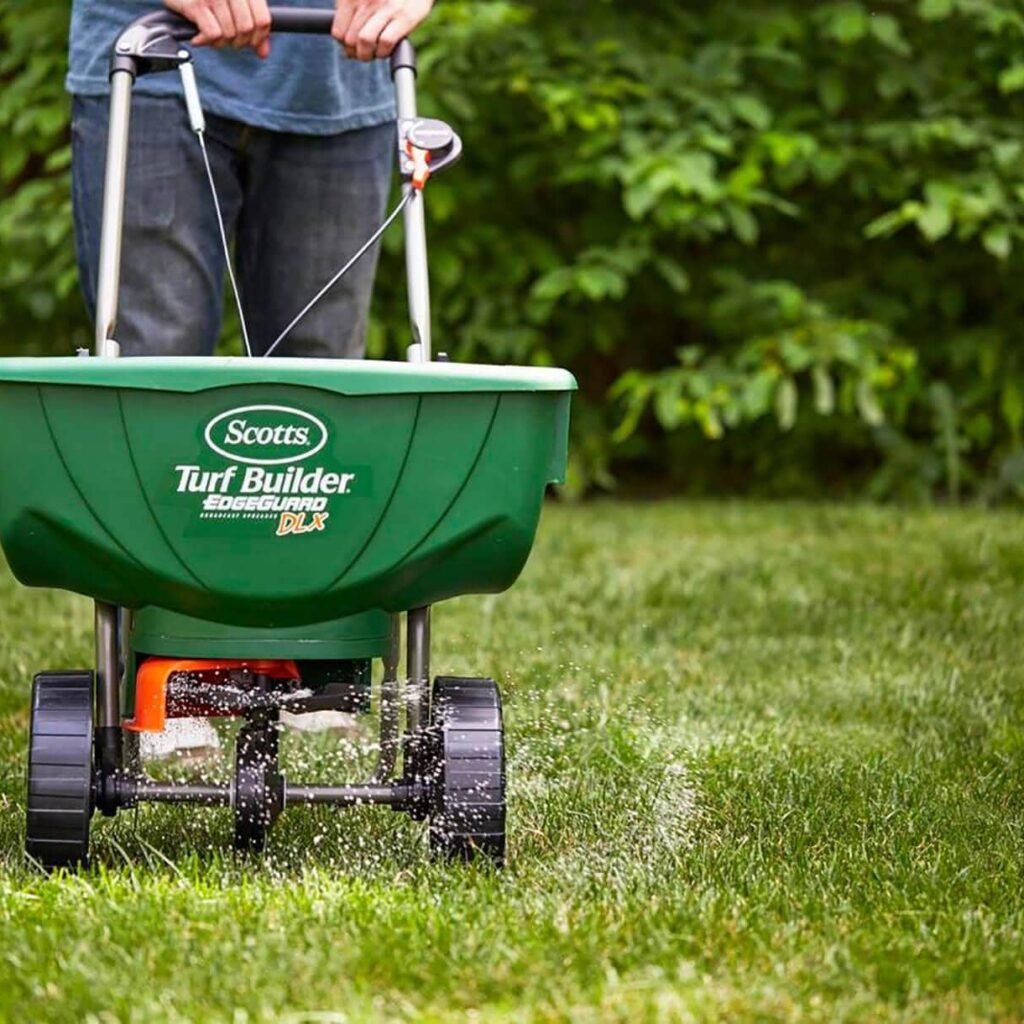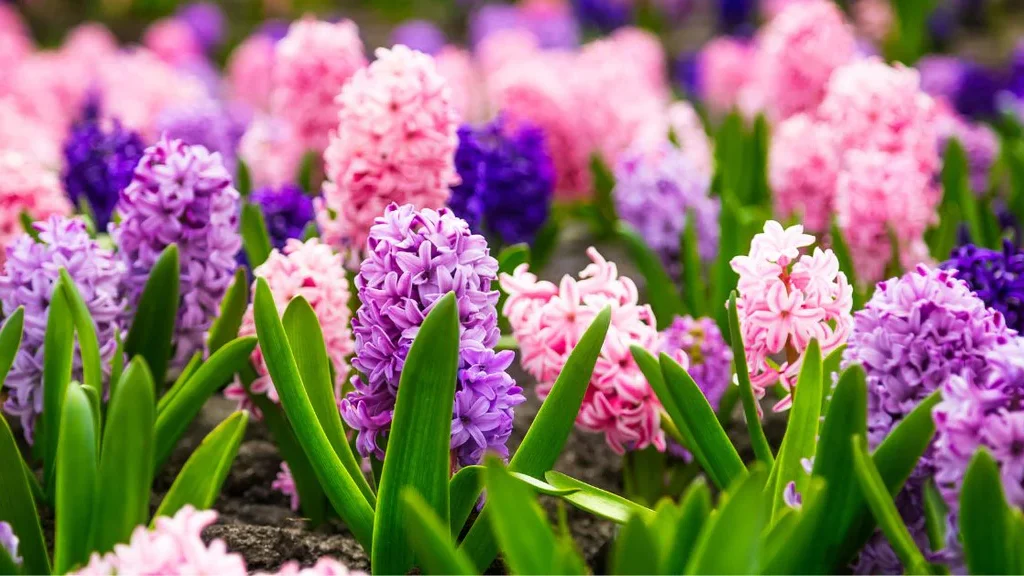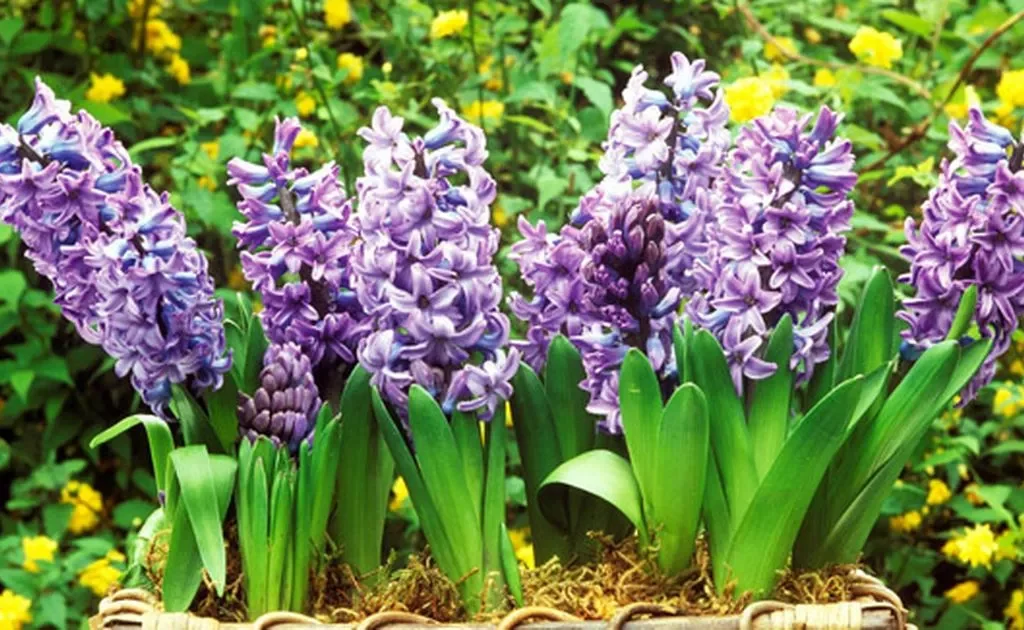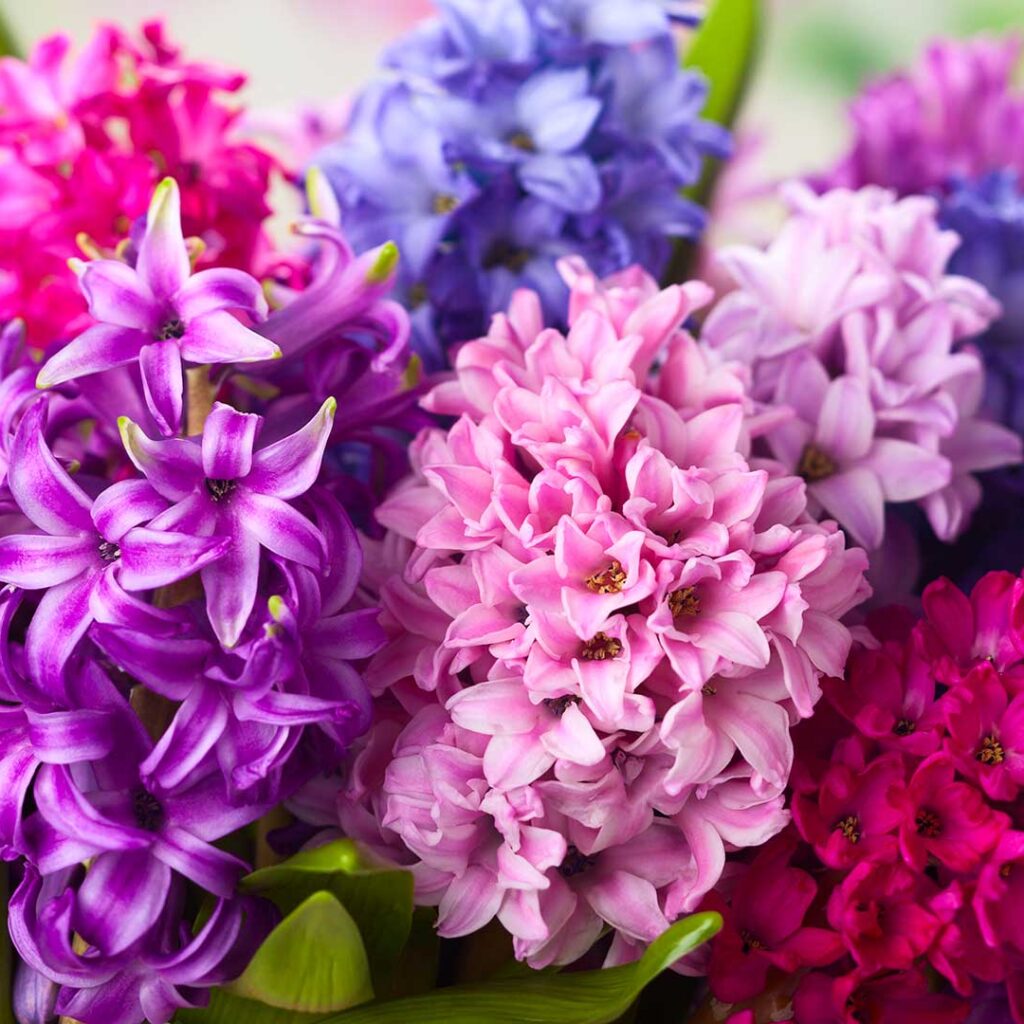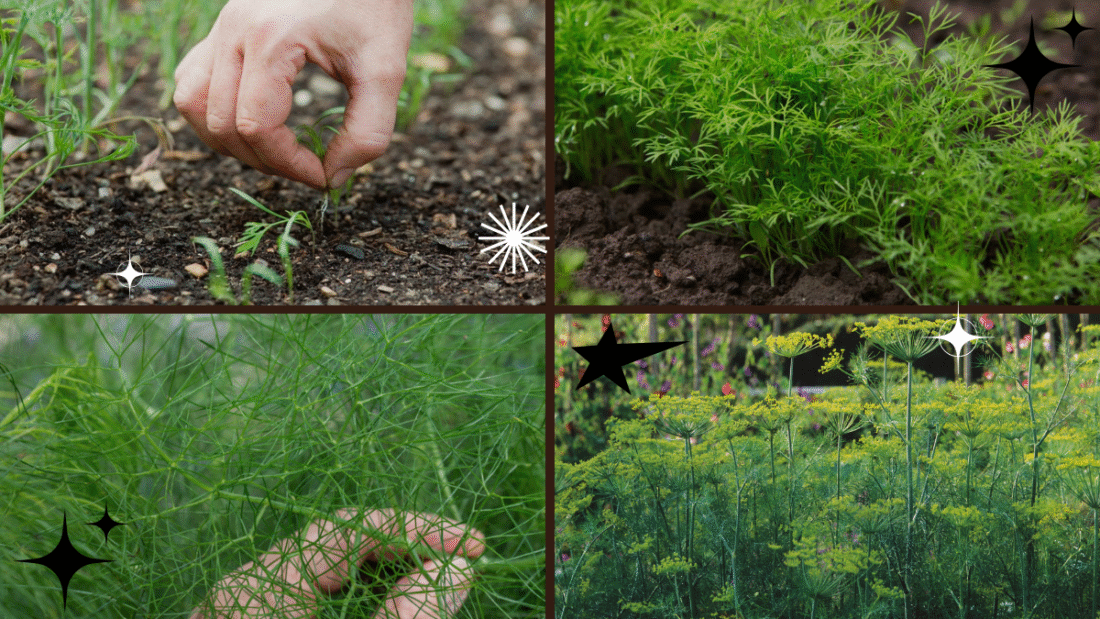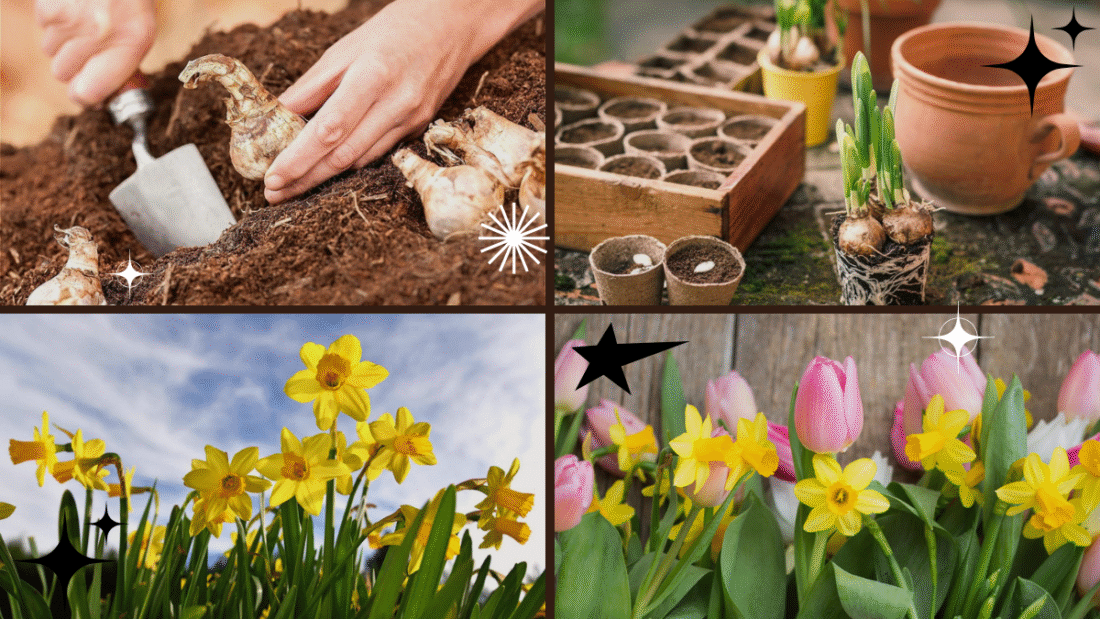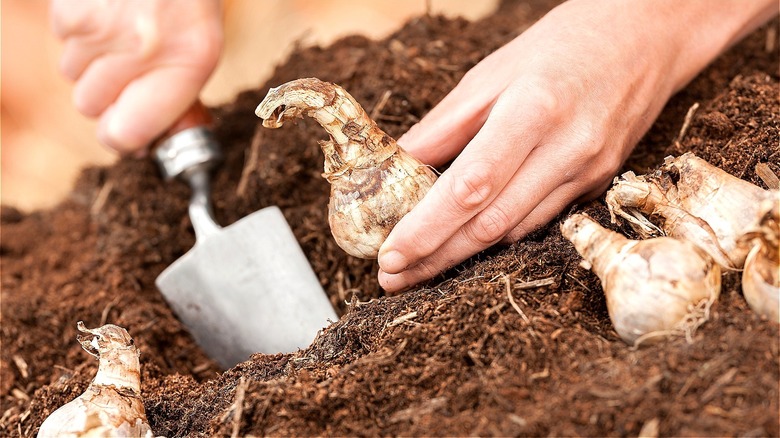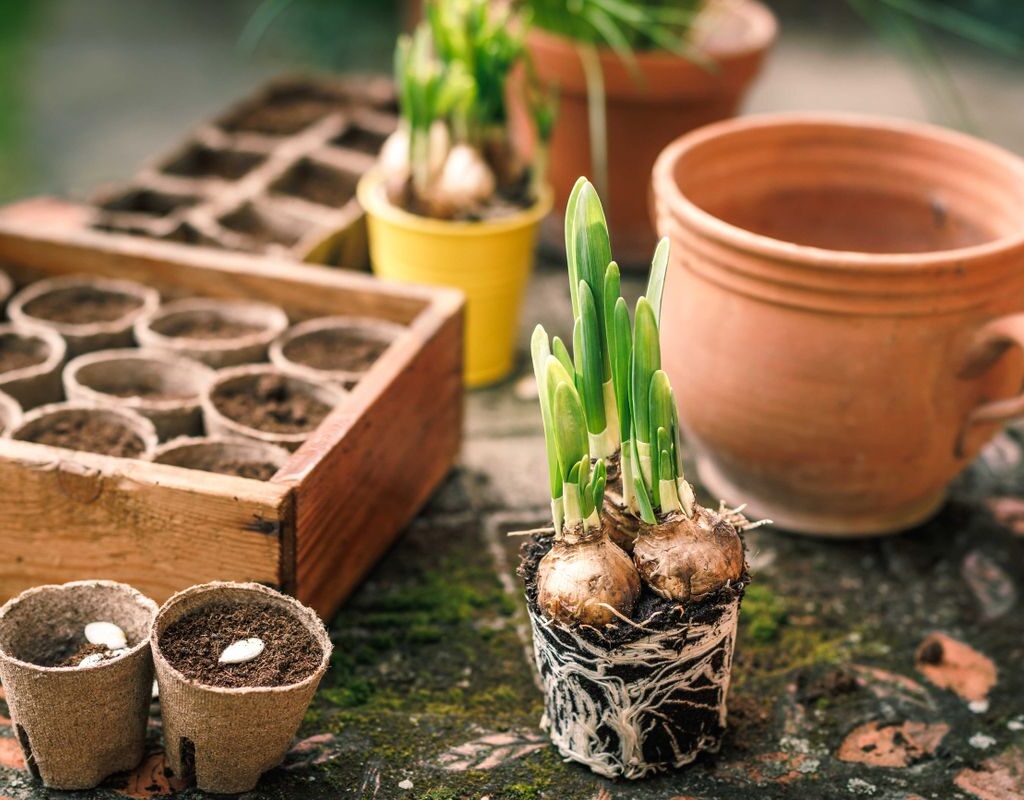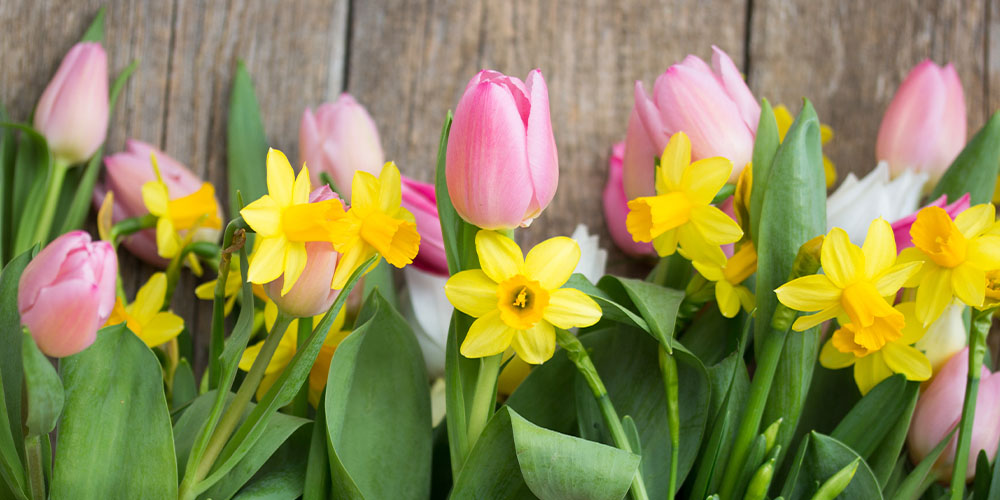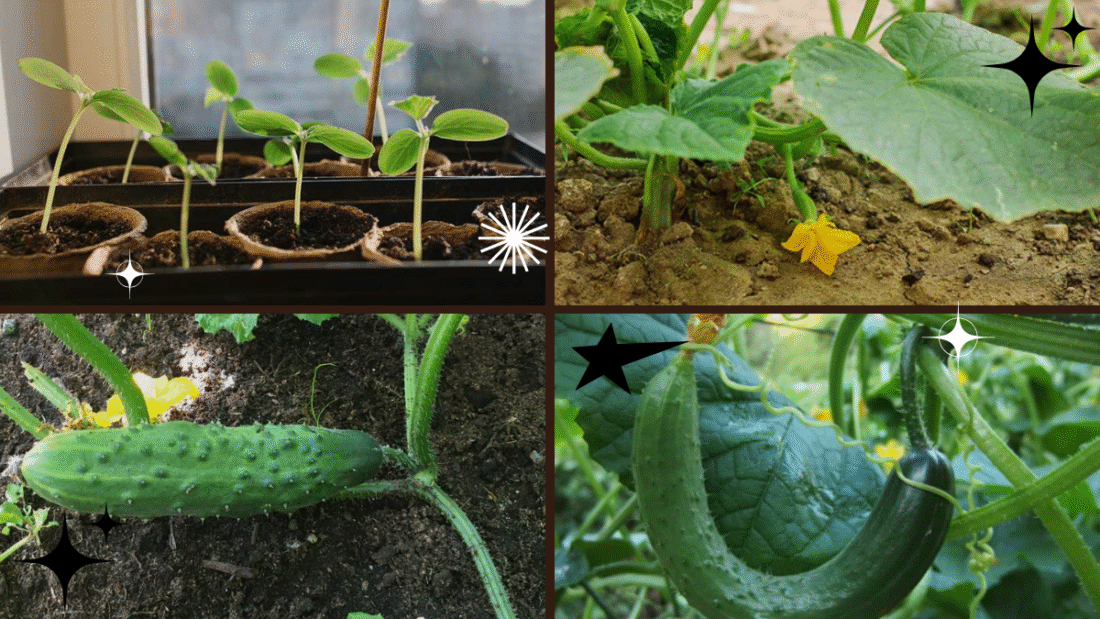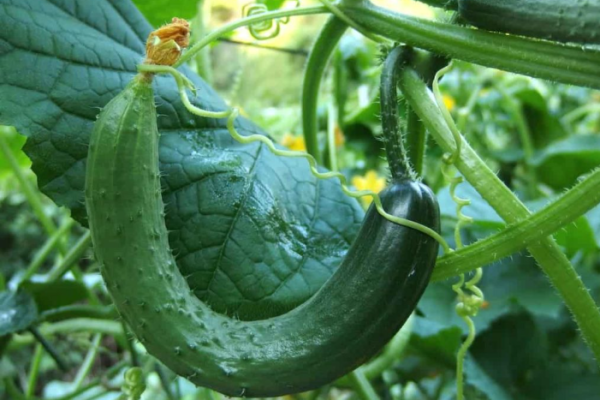Orchids are one of the most beautiful and exotic houseplants you can grow at home. With their stunning blooms, intricate patterns, and long-lasting flowers, orchids can instantly add elegance and tranquility to any indoor space. While many people assume that orchids are delicate and difficult to care for, the truth is — with the right approach, growing orchids at home is surprisingly manageable and rewarding.
In this detailed guide, we’ll explore how to plant and grow orchid plants at home — from choosing the right type and planting it correctly to ongoing care and troubleshooting common issues.
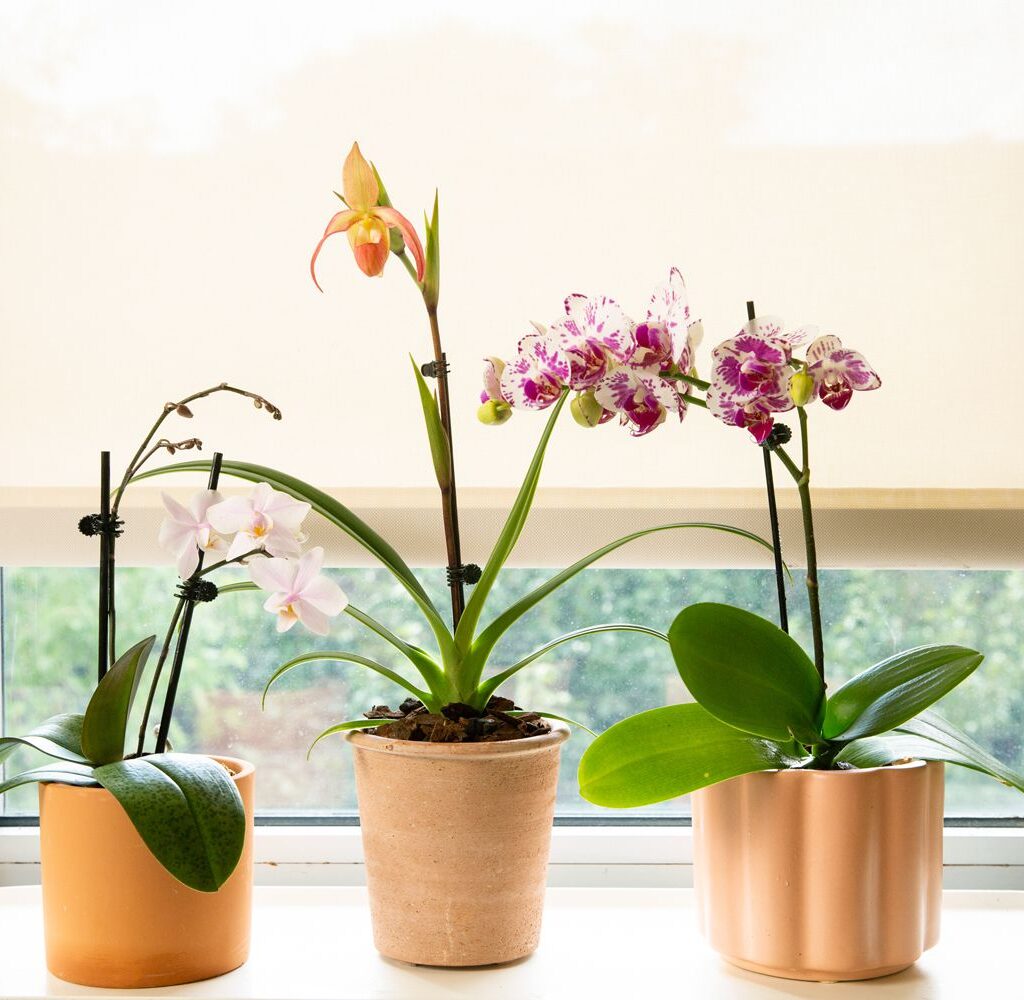
Why Grow Orchids at Home?
Before we get into the how-to, let’s look at why orchids make such wonderful houseplants:
- Visually stunning: Their unique shapes and vibrant colors brighten up any room.
- Air-purifying: Like many houseplants, orchids improve indoor air quality by absorbing toxins.
- Compact and space-saving: Perfect for small apartments, bedrooms, and office desks.
- Long-lasting blooms: Many orchid varieties bloom for several weeks or even months.
- Symbolic beauty: Orchids symbolize love, luxury, and strength.
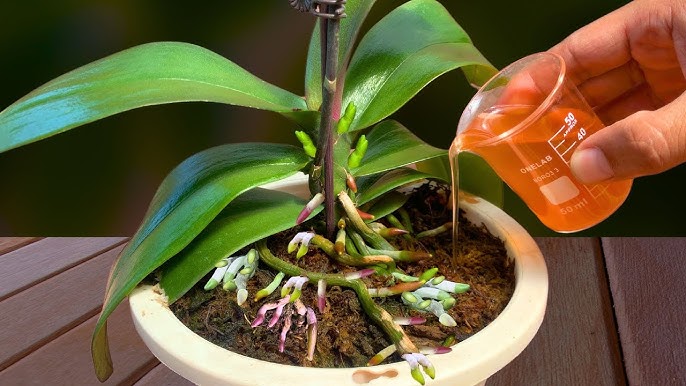
Popular Orchid Varieties for Home Growing
Not all orchids are created equal — some are easier for beginners, while others need a bit more expertise. Here are a few beginner-friendly options to consider:
Phalaenopsis (Moth Orchid)
- Most popular houseplant orchid.
- Long-lasting blooms in a variety of colors.
- Prefers indirect light and consistent humidity.
Dendrobium
- Compact plants with abundant flowers.
- Tolerates a range of conditions.
- Blooms usually last up to six weeks.
Cattleya
- Known for large, fragrant flowers.
- Prefers bright, indirect light.
- Requires a bit more attention to humidity and temperature.
Oncidium (Dancing Lady Orchid)
- Distinctive flowers resembling dancing figures.
- Loves bright, filtered light and regular watering.
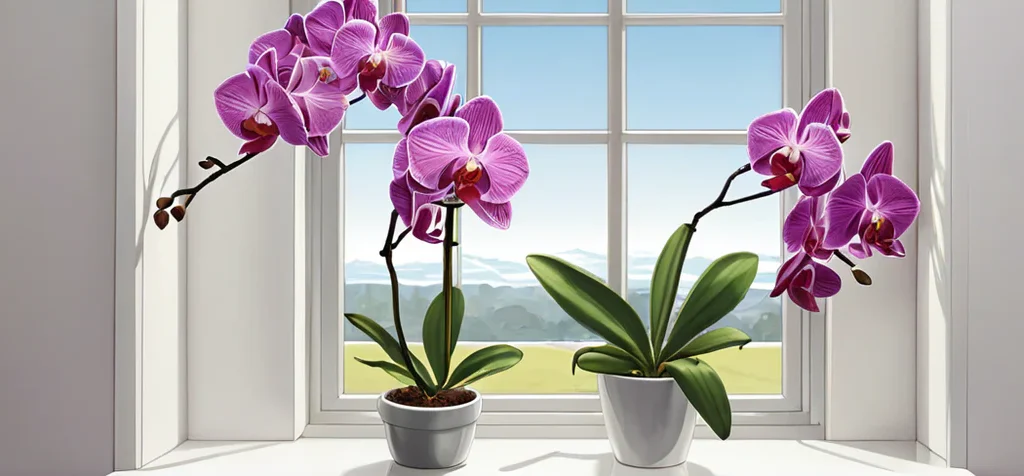
Ideal Growing Conditions for Orchids
To successfully grow orchids at home, you need to replicate their natural tropical habitat as closely as possible.
Light:
Bright, indirect sunlight is best. Avoid placing orchids in direct sunlight, which can scorch the leaves. A north or east-facing window is ideal.
Temperature:
- Day: 65–80°F (18–27°C)
- Night: 55–65°F (13–18°C)
Humidity:
Orchids thrive in 50–70% humidity. Use a humidity tray, room humidifier, or regular misting to maintain these levels indoors.
Air Circulation:
Good airflow is essential to prevent disease. Place your orchid where it can receive fresh air without being exposed to cold drafts.

What You’ll Need to Grow Orchids at Home
- Healthy orchid plant or seedling
- Orchid pot (with drainage holes)
- Orchid-specific growing medium (bark chips, sphagnum moss, or perlite mix)
- Humidity tray (optional)
- Watering can or spray bottle
- Balanced orchid fertilizer (20-20-20 or similar)
How to Plant Orchids at Home: Step-by-Step Guide
Step 1: Choose the Right Pot and Growing Medium
Orchid pots typically have extra drainage holes to prevent root rot. Choose a pot that’s only slightly larger than the root ball.
Orchid growing medium is different from regular soil. It’s typically made of bark chips, sphagnum moss, coconut husk, or a mixture — providing good drainage and aeration.
Step 2: Prepare the Orchid Plant
If you’re transplanting an orchid:
- Gently remove it from its existing pot.
- Trim away any dead, mushy, or dry roots with sterilized scissors.
- Rinse the healthy roots under lukewarm water.
Step 3: Plant the Orchid
- Add a small layer of the orchid medium at the bottom of the pot.
- Place the orchid inside, spreading its roots gently.
- Fill around the roots with the medium, ensuring the plant is stable but not buried too deeply.
- The base of the plant (called the crown) should sit just above the medium’s surface.
Step 4: Water the Orchid
After planting, water thoroughly until the medium is evenly moist. Let excess water drain out completely.
Step 5: Position in the Right Spot
Place your orchid near an east-facing window or in a bright, shaded spot. Avoid direct afternoon sun, which can damage the leaves.
How to Care for Orchids at Home
Growing orchids is mostly about consistency and observation. Here’s how to keep them healthy and blooming:
Watering:
- Water once a week in winter, twice in summer.
- Always check if the medium is dry before watering.
- Use room-temperature, filtered water if possible.
- Avoid letting water sit at the base, which can cause root rot.
Humidity:
- Maintain 50–70% humidity using a tray filled with pebbles and water beneath the pot.
- Mist the leaves lightly in the morning.
Fertilizing:
- Use a balanced orchid fertilizer every 2–3 weeks during the growing season (spring and summer).
- Reduce feeding in fall and winter.
Repotting:
- Orchids need repotting every 1–2 years, preferably after flowering.
- Use fresh medium to replace the old, decomposed one.
Common Orchid Growing Problems (and How to Fix Them)
| Problem | Cause | Solution |
|---|---|---|
| Yellowing leaves | Overwatering, poor drainage | Reduce watering, improve drainage |
| Wrinkled leaves | Underwatering or root rot | Check roots and adjust watering |
| No blooms | Insufficient light or nutrients | Move to a brighter spot, fertilize |
| Moldy roots or medium | Excess moisture, poor airflow | Remove affected parts, repot |
| Drooping flowers | Sudden temperature change | Maintain steady indoor temperatures |
Tips for Encouraging More Blooms
- Ensure enough bright, indirect light.
- Keep night temperatures 10°F cooler than daytime.
- Use a bloom booster fertilizer when buds start to form.
- Cut the flower spike back to a node after blooms drop to encourage a second bloom cycle (for some types like Phalaenopsis).
Benefits of Having Orchids at Home
Beyond their beauty, orchids offer several lifestyle perks:
- Improve indoor air quality.
- Add color and vibrancy to any room.
- Reduce stress and promote calmness.
- Serve as a rewarding, low-maintenance hobby.
- Make perfect, thoughtful gifts for special occasions.
Frequently Asked Questions
Q: How long do orchid flowers last?
A: Most orchid blooms last 6–10 weeks, depending on the variety and care.
Q: Do orchids like to be root-bound?
A: Yes — orchids prefer snug pots. Only repot when absolutely necessary.
Q: Can orchids grow in regular potting soil?
A: No — regular soil holds too much moisture and suffocates orchid roots. Always use a specialized orchid medium.
Q: How often should I water my orchid?
A: Typically once a week, but adjust based on temperature, humidity, and medium dryness.
Final Thoughts
Orchids may have a reputation for being finicky, but with the right setup and a little care, they’re one of the most rewarding houseplants to grow. By choosing beginner-friendly varieties, providing bright but indirect light, maintaining humidity, and sticking to a consistent watering schedule, you’ll enjoy vibrant, exotic blooms right in your living room.
Ready to add a touch of tropical elegance to your home? Start planting orchids today — and discover why these timeless beauties have enchanted plant lovers for centuries.




